Long tables & round tables
A quotation from Dexter Dunphy, Emeritus Professor in the School of Management at the University of Technology Sydney.
In this simple anecdote, there is a world of wisdom about what makes for effective Executive interactions:
“As I entered the boardroom on my first meeting I noticed that there were two tables in the room. One was rectangular and one was round. Without hesitation, the executive team sat at the rectangular table and the CEO sat at the head. There were eleven items on the agenda. After completing discussion on the first eight, the CEO and his team stood up from the rectangular table and moved to the round table. The meeting continued as the team worked through the final three agenda items. As I was leaving, I asked the CEO .. “What is the significance of the two tables and why did you switch half way through the meeting?” To which the CEO replied … “Oh, I should have mentioned this before we started the meeting. The first items on the agenda are primarily internal issues. When we sit at the rectangular table, I expect the managers to represent the interests of their divisions. However, the last three agenda items are important issues relating to the overall direction of the organization. When we move to the round table, I expect the team to set aside their sectional interests and think like directors, pursuing only what is best for the company as a whole”
We can’t all afford sperate tables for strategic and operational discusion, but we can differenciate the ways in which we work, when focusing on each of these areas of focus.

